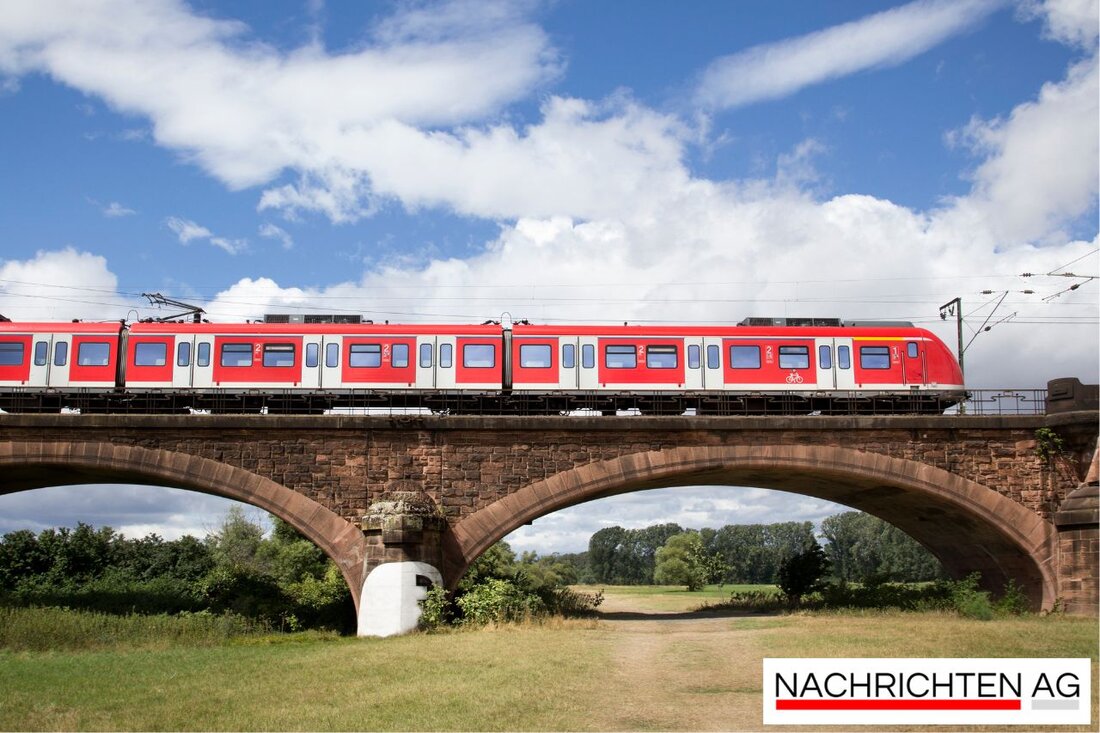Cars, traffic jams and the transport transition: Vechta and Lohne in focus!
Find out more about the traffic situation in Vechta, the historic escapes of 1989 and their impact on mobility.

Cars, traffic jams and the transport transition: Vechta and Lohne in focus!
The streets of Lohne and Vechta are overflowing with vehicles from a wide variety of brands - from Ferraris to AMG Mercedes to vintage cars. But while numerous vehicles make their grand appearance on the Grand Street in Vechta, the mobility of many drivers is in jeopardy. “A lot of cars, not a lot of mobility,” as one of the last articles put it om-online.de aptly describes. Author Alfons Batke, a 68-year-old freelance retiree and long-time journalist, sheds light on the current traffic situation, which is being put under additional strain by a major construction site at Lohne train station.
The construction site not only causes traffic jams, but also anger among commuters who are waiting for the uncertain arrival of the Nordwestbahn trains. One could almost say that the streets are a symbol of current transport policy: “There is something going on!”, one could say in a relaxed tone when one considers the lack of planning in the past.
The escape of the GDR citizens and their cars
The past of Germany's division also has interesting twists and turns, such as the historical “Operation Ignition Coil,” which focused on the cars of refugee GDR citizens. On September 30, 1989, Hans-Dietrich Genscher announced on the balcony of the Prague embassy that GDR citizens would be allowed to leave the country, and this was the starting signal for a mass exodus. Many refugees not only left their homes behind, but also their vehicles - including numerous Wartburgs, which were now parked in meadows and fields while people headed west. The Stasi, active in this operation, confiscated many of these cars.
Rolf Mahlke, one of the refugees who reached the West via the Prague embassy in his red Wartburg, researched the repatriation of these vehicles and published an essay about it in the classic car magazine “79oktan”. He describes how the Stasi administered the possessions of republican refugees, including their cars, through a ministerial order. More than 4,000 GDR citizens celebrated their escape in the packed embassy in Prague, while their cars were left without their owners.
From Freienbrink back home
These vehicles were returned to Freienbrink near Berlin, where the Stasi ran a warehouse. Up to 2,500 Eastern cars were temporarily stored here, and the legal basis for the returns was Section 56 of the Criminal Code, which permitted confiscation in the event of crimes. Starting in March 1990, the former owners were contacted to collect their vehicles. Some took the opportunity, but others chose not to - the memories of their own escape were often too painful.
However, the repatriation was not without problems, as in 1989 the Ministry for State Security (MfS) reported difficulties with storage capacity, and in the summer months the number of vehicles collected in Czechoslovakia and Hungary grew. The confiscation of cars left behind at border crossings was also a costly affair for the state treasury.
Such historical reviews show how mobility has changed over the years and provide an interesting insight into the current discussions about our transport infrastructure: “How many cars is too many?” one might ask, supported by past experiences and the conflicts that arose between countries over the return of automobiles.
When it comes to the traffic situation in Lohne, we have to ask ourselves clearly today: Do we really have enough control over the wheel of history to prevent the roads from becoming a traffic jam disaster again? A good hand at traffic planning could be a step in the right direction.

 Suche
Suche
 Mein Konto
Mein Konto